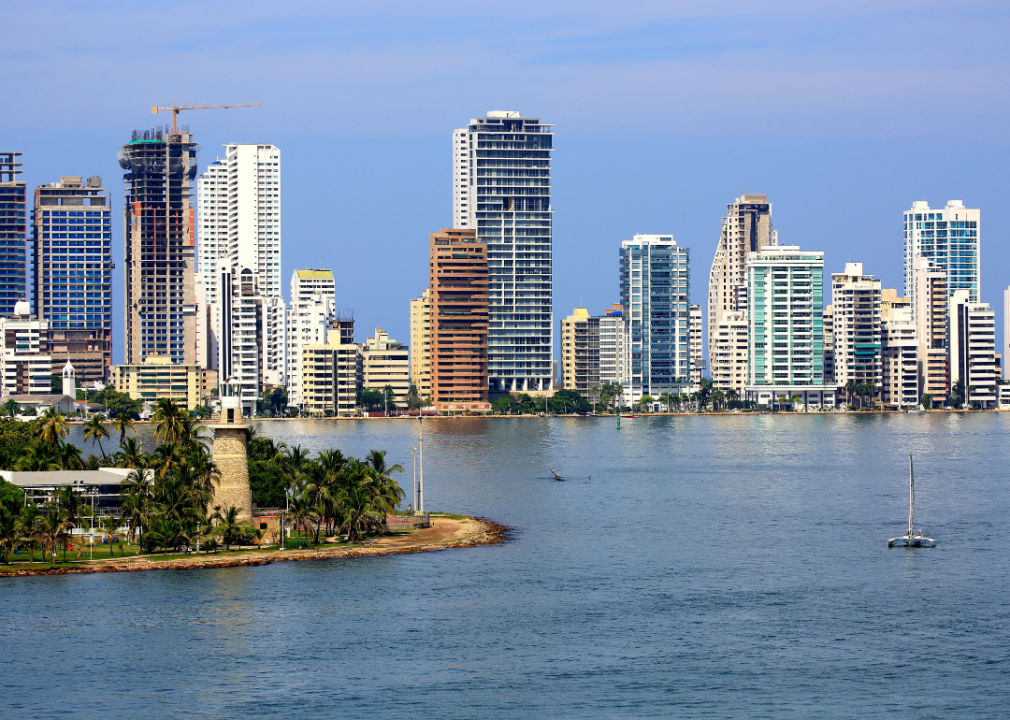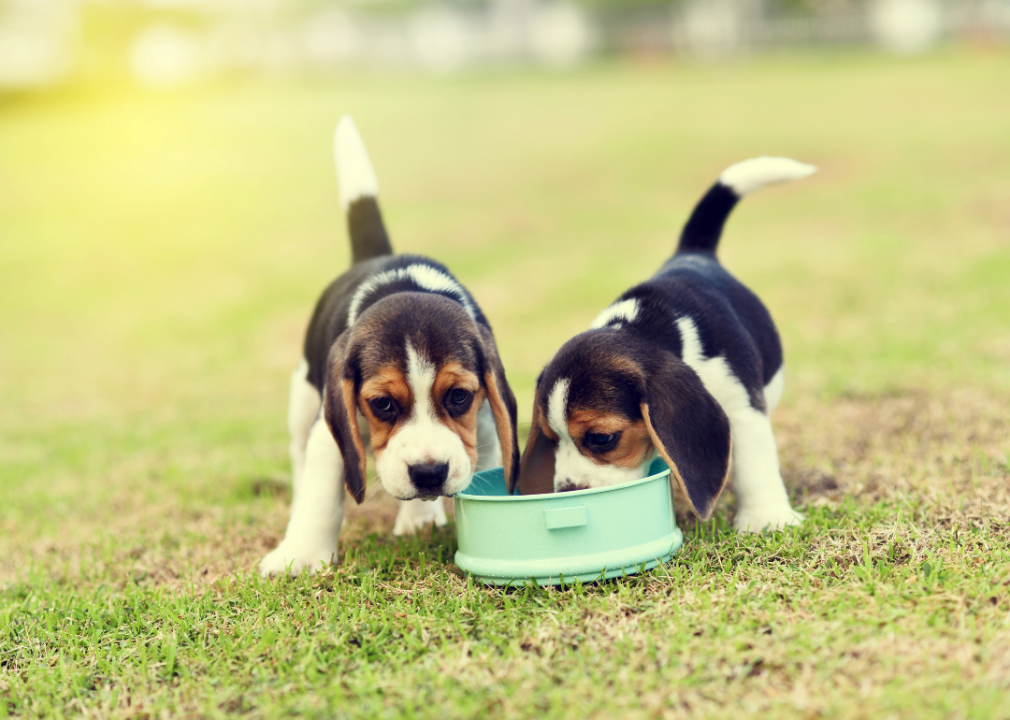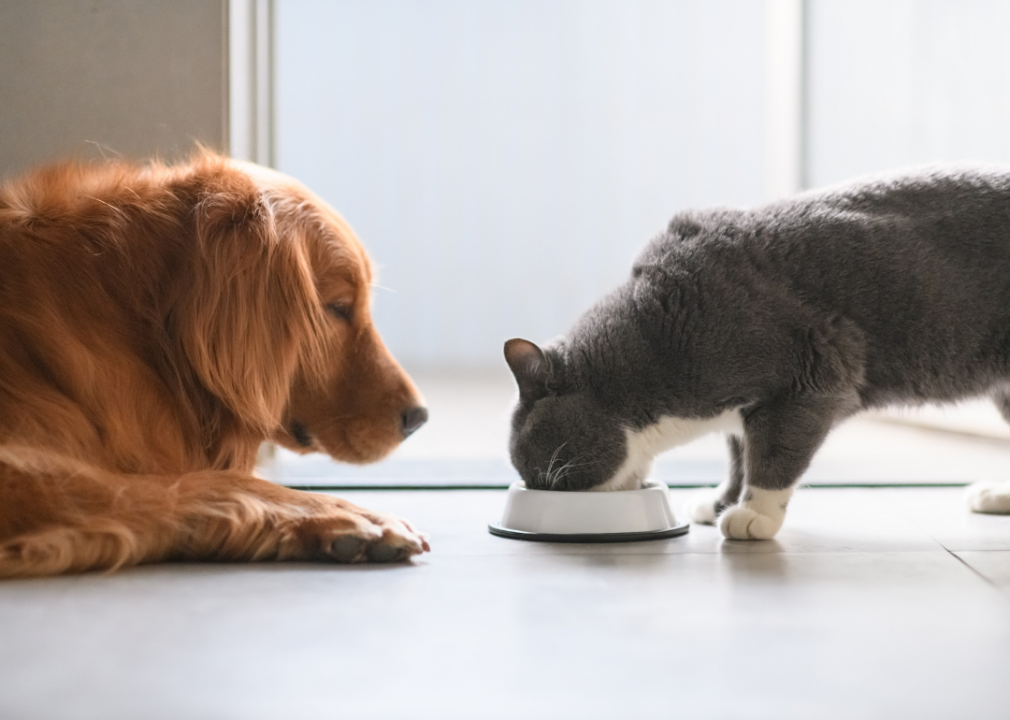10 countries where US pet food comes from
Canva
10 countries where US pet food comes from
Data suggests that there’s no better time to be a dog. If you own a dog and are surveying the various orthopedic beds, myriad toys, enrichment activities, and human-grade food scattered about your house, you can independently verify this fact.
Over the last several decades we, as a nation, have gone from viewing pet ownership as a thing that happens to us—imagine the trope of the sitcom dad who doesn’t want anything to do with the lovable stray scamp that eventually works its way into his home and heart—to viewing it as a life milestone akin to buying a home or having children. A 2015 study in the field of companion animal psychology found that 95% of people consider their pets to be a member of their family. This may be more striking when you consider that not long ago, nearly 25% of America’s pet dogs were allowed to roam the streets at will.
These shifting attitudes toward our pets also initiated a major transformation in the global pet food industry, valued at $78 billion in 2020 and projected to grow steadily over the next decade. Pet owners began thinking about their pet’s nutritional wellness in the same way they thought about their human family members’ nutrition.
Balanced diets, breed-specific formulas, and food designed to address a variety of health and wellness concerns became focal points for pet food manufacturers. More recently, the industry again experienced shifting consumer preferences for locally sourced, organic, and high-quality ingredients free from byproduct fillers, preservatives, or other non-human grade components. This is what has come to be known in the industry as the premiumization of pet food.
These trends in how we view our animals and what we feed them is happening around the world, due in large part to an increase in pet adoptions and the desire for companionship during the COVID-19 pandemic. The humanization of pets is a global trend fostering innovation even in smaller markets like Asia-Pacific. As markets around the world create new products that meet higher consumer standards, competition and selection are increasing on a global scale.
North America has historically dominated the global pet food industry and accounted for 37% of the market in 2020. However, smaller regions like Vietnam are seeing domestic and international growth, while also filling an industry-wide need for more affordable manufacturing hubs. Many of the industry’s largest players have already established manufacturing operations in Vietnam, Cambodia, and Thailand.
If you have perused the food aisles of any pet store, you know there’s no shortage of options. In the U.S., we have the luxury of selecting the best food for our pets without needing to sacrifice something. Looking for budget-friendly and healthy food? Top of the line and decadent? Or maybe just something your dog won’t turn their nose up at? In order to provide consumers with enough choices to meet their needs, whatever those may be, the U.S. offers a wide array of both domestic and international products.
To find the top 10 countries where U.S. pet food comes from, Ollie analyzed import data from the U.S. Census Bureau from 2010 through June 2021. The Census Bureau tracks pet food imports by analyzing Customs and Border Protection import data from all U.S. ports of entry by land, air, and sea. More information about this process can be found here.
![]()
Canva
#10. Colombia
– Total monetary value: $91.8 million
Canva
#9. Ireland
– Total monetary value: $111.6 million
Canva
#8. New Zealand
– Total monetary value: $136.8 million
Canva
#7. Brazil
– Total monetary value: $152.3 million
Canva
#6. Netherlands
– Total monetary value: $156.4 million
Canva
#5. Cambodia
– Total monetary value: $164.2 million
Canva
#4. Vietnam
– Total monetary value: $216.6 million
Canva
#3. China
– Total monetary value: $2.16 billion
Canva
#2. Thailand
– Total monetary value: $2.68 billion
Canva
#1. Canada
– Total monetary value: $2.74 billion
This story originally appeared on Ollie and was produced and distributed in partnership with Stacker Studio.










